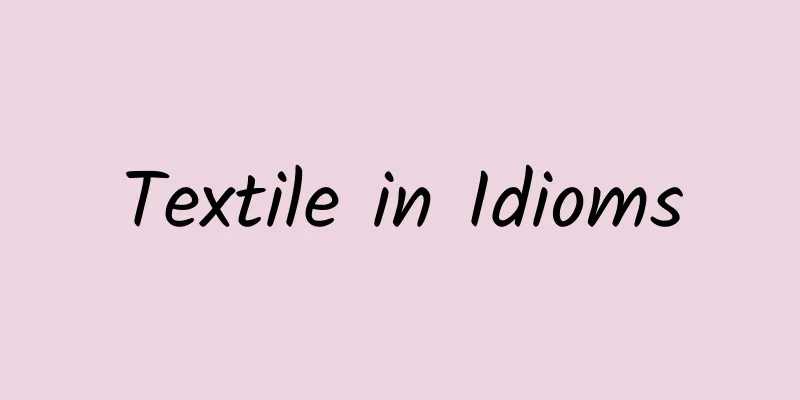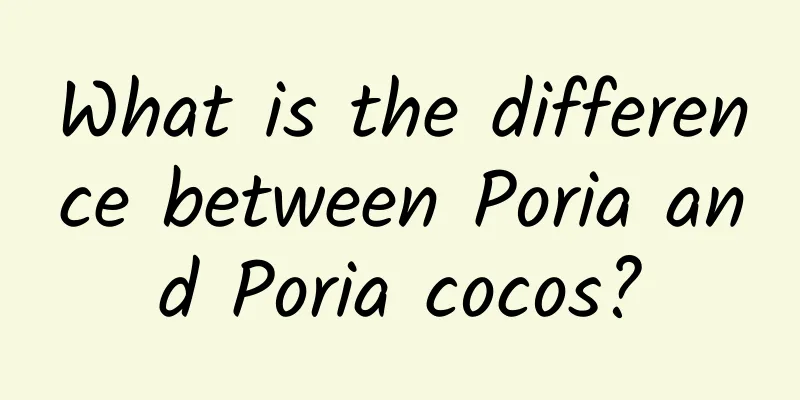Textile in Idioms

|
The Xujiayao Ancient Human Site in Datong, Shanxi Province was first discovered in 1974. Since 1976, three large-scale excavations have been carried out. More than 20 human fossils, more than 10,000 stone products, and a large number of bone and horn tools and mammal fossils have been unearthed in the site. Among them, the large number of stone balls is the most distinctive. According to research, the stone balls were thrown in a net bag (sling) made of ropes. It can be inferred that people had learned to use ropes at that time. Based on the experience of twisting ropes, people created the techniques of spinning and spinning. Spinning is to split the bark of plant stems into very thin long strands, and then connect them and twist them into threads. Because this is a highly skilled craft, people later called the achievement of work "achievements". Weaving technology evolved from the practice of weaving fish nets and baskets. The ancients gradually learned to use tools in practice, trying to tie one yarn after another on the same wooden stick, and the other end on another wooden stick in turn. After tightening and fixing the two wooden sticks, they could weave like weaving mats. The tightened longitudinal yarn is called warp, and the yarn woven in horizontally is called weft. The "heald" is the mechanism on the loom that lifts and lowers the warp to receive the weft. One heald can lift thousands of warp threads, so it contains the meaning of "total gathering" and "collection". Thousands of different warp threads are combined through "healds" for easy operation, so there is the word "comprehensive". The "heald" controls the movement of the warp yarn. Once a mistake is made, not only will defective cloth be produced or the cloth cannot be woven, but troubleshooting is also very troublesome, "complex"! China is known as the country of silk. Our ancestors selected and bred silkworms from mulberry pests, created silk reeling and silk weaving techniques, and wove high-quality silk fabrics that are both good for clothing and combined with art. The famous Silk Road reflects the contribution of the Chinese nation to world civilization. "Brocade" refers to silk fabrics with colorful patterns, and "embroidery" is to sew colorful threads on silk or cloth with needles to form patterns, designs or words. "Jinxiu" has become an adjective for beautiful or wonderful, such as brocade on the top and splendid China. Textiles have a history of thousands of years in my country, promoting social progress and development, and are closely related to the development of culture. In the Chinese language, there are more than 560 Chinese characters with radicals such as 巾, 亻, 纟, etc., which are directly or indirectly related to textiles. Many words and idioms we often use are also borrowed from textile terms, such as: 盤盤自束, 經學經經學, 流流膠不绝, 细丝入扣, 经天威地, etc., which contain a strong Chinese textile culture. |
>>: Stop saying you are “old” all the time, because you will really get older the more you say it!
Recommend
How to eat Phellinus igniarius
Phellinus igniarius is a bacterium that is famous...
The efficacy and function of broad bean pods
Broad bean pod husk is a medicinal material. If w...
This kind of food will become smelly after eating, but many people not only eat it every day but also love it
After the beginning of summer, various midnight s...
The most common fossil, many people can't even pronounce its name
Most people may not even know how to pronounce th...
Life is too "sad", do these 5 things to make your heart healthier
We usually pay attention to various major and min...
The efficacy and function of halogen chrysanthemum
Chinese medicine has different effects on our bod...
The efficacy and function of blunt-leaved rose
Do you know what blunt-leaf rose is? It is a kind...
The efficacy and function of Fengweiqi
Diseases require improvement through medicine. Di...
How to make soup with Chinese medicine Dendrobium
Dendrobium is a very precious traditional Chinese...
Is tianli effective in lowering blood lipids?
As people in modern society pay more and more att...
Will not brushing teeth for a long time cause pneumonia? Periodontitis is related to so many systemic diseases...
Periodontitis is the most common oral disease, so...
What happens if you eat too much ginkgo?
What will happen if you eat too much ginkgo nuts?...
Cats have given so much for human health and scientific progress!
In the field of life science and medical research...
Want to buy a new phone in the new year? After changing it, you must pay attention to these things!
As the saying goes, after Laba, it is the New Yea...
What Chinese patent medicine should I take for dampness and coldness in the spleen and stomach?
As the cold and dampness in the body increases, y...









